How many is the following reaction (s) have sum of co-efficient of reactants after balancing either 3 or 4.
FeSO4→Fe2O3+SO2+SO3
Br2+¯¯¯OH→BrO−+Br−+H2O
Cl2+SeO2−3+H2O→SeO2−4+Cl−+H+
Cl2+IO−3+OH−→Cl−+IO−4+H2O
The correct Answer is:B, C, D
To solve the problem of how many of the given reactions have a sum of coefficients of the reactants after balancing that is either 3 or 4, we will analyze each reaction step by step.
Step 1: Analyze the first reaction
Reaction: FeSO4→Fe2O3+SO2+SO3
1. Identify the reactants:
- FeSO4 (1 coefficient)
2. Identify the products:
- Fe2O3 (1 coefficient)
- SO2 (1 coefficient)
- SO3 (1 coefficient)
3. Balancing the reaction:
- To balance Fe: 2FeSO4→Fe2O3+2SO2+SO3
- Now, we have:
- Fe: 2 on both sides
- S: 2 on the left, 3 on the right (needs adjustment)
- O: 8 on the left, 9 on the right (needs adjustment)
4. Final balanced equation:
- 4FeSO4→2Fe2O3+6SO2+2SO3
- Sum of coefficients of reactants: 4 (from 4FeSO4)
Step 2: Analyze the second reaction
Reaction: Br2+OH−→BrO−+Br−+H2O
1. Identify the reactants:
- Br2 (1 coefficient)
- OH− (1 coefficient)
2. Balancing the reaction:
- Br2+2OH−→2BrO−+H2O
- Sum of coefficients of reactants: 1+2=3
Step 3: Analyze the third reaction
Reaction: Cl2+Se2−+H2O→SeO2−4+2Cl−+2H+
1. Identify the reactants:
- Cl2 (1 coefficient)
- Se2− (1 coefficient)
- H2O (1 coefficient)
2. Balancing the reaction:
- Cl2+Se2−+2H2O→SeO2−4+2Cl−+2H+
- Sum of coefficients of reactants: 1+1+2=4
Step 4: Analyze the fourth reaction
Reaction: Cl2+IO−3+OH−→Cl−+IO−4+H2O
1. Identify the reactants:
- Cl2 (1 coefficient)
- IO−3 (1 coefficient)
- OH− (1 coefficient)
2. Balancing the reaction:
- 2Cl2+2IO−3+2OH−→2Cl−+2IO−4+2H2O
- Sum of coefficients of reactants: 2+2+2=6 (not applicable)
Conclusion
After analyzing all reactions:
- The reactions with a sum of coefficients of reactants equal to either 3 or 4 are:
- Second reaction: Sum = 3
- Third reaction: Sum = 4
Thus, the answer is that 2 reactions have a sum of coefficients of reactants either 3 or 4.
Reaction: FeSO4→Fe2O3+SO2+SO3
- FeSO4 (1 coefficient)
2. Identify the products:
- Fe2O3 (1 coefficient)
- SO2 (1 coefficient)
- SO3 (1 coefficient)
- To balance Fe: 2FeSO4→Fe2O3+2SO2+SO3
- Now, we have:
- Fe: 2 on both sides
- S: 2 on the left, 3 on the right (needs adjustment)
- O: 8 on the left, 9 on the right (needs adjustment)
- 4FeSO4→2Fe2O3+6SO2+2SO3
- Sum of coefficients of reactants: 4 (from 4FeSO4)
Reaction: Br2+OH−→BrO−+Br−+H2O
- Br2 (1 coefficient)
- OH− (1 coefficient)
- Br2+2OH−→2BrO−+H2O
- Sum of coefficients of reactants: 1+2=3
Reaction: Cl2+Se2−+H2O→SeO2−4+2Cl−+2H+
- Cl2 (1 coefficient)
- Se2− (1 coefficient)
- H2O (1 coefficient)
- Cl2+Se2−+2H2O→SeO2−4+2Cl−+2H+
- Sum of coefficients of reactants: 1+1+2=4
Reaction: Cl2+IO−3+OH−→Cl−+IO−4+H2O
- Cl2 (1 coefficient)
- IO−3 (1 coefficient)
- OH− (1 coefficient)
- 2Cl2+2IO−3+2OH−→2Cl−+2IO−4+2H2O
- Sum of coefficients of reactants: 2+2+2=6 (not applicable)
After analyzing all reactions:
- The reactions with a sum of coefficients of reactants equal to either 3 or 4 are:
- Second reaction: Sum = 3
- Third reaction: Sum = 4
Similar Questions
How many of the following ore(s) contain(s) copper
View SolutionFor the following redox reaction the coefficients of the reactants for balanced reaction are Cr2O2−7+SO2−3+H+→Cr3++SO2−4+H2O
View SolutionHow many of following reactions are hydrolysis reactions ?
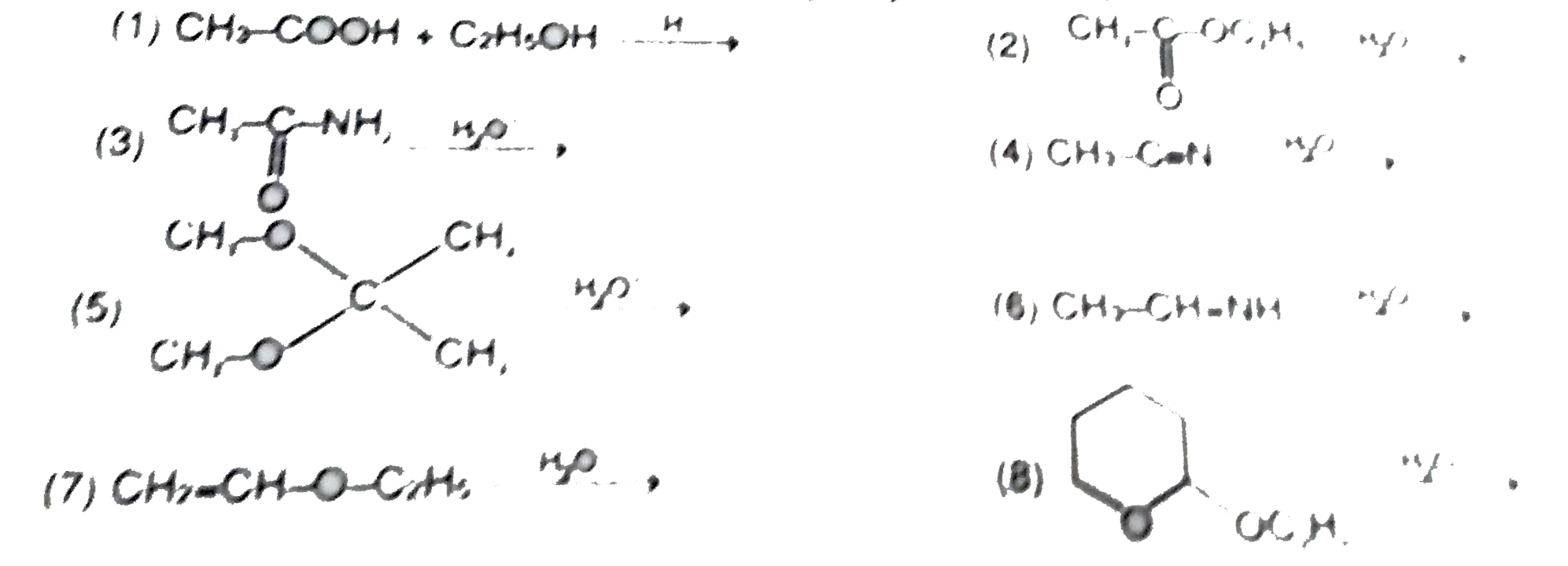 View Solution
View SolutionIn how many of the following reactions aldehyde is formed as a product?
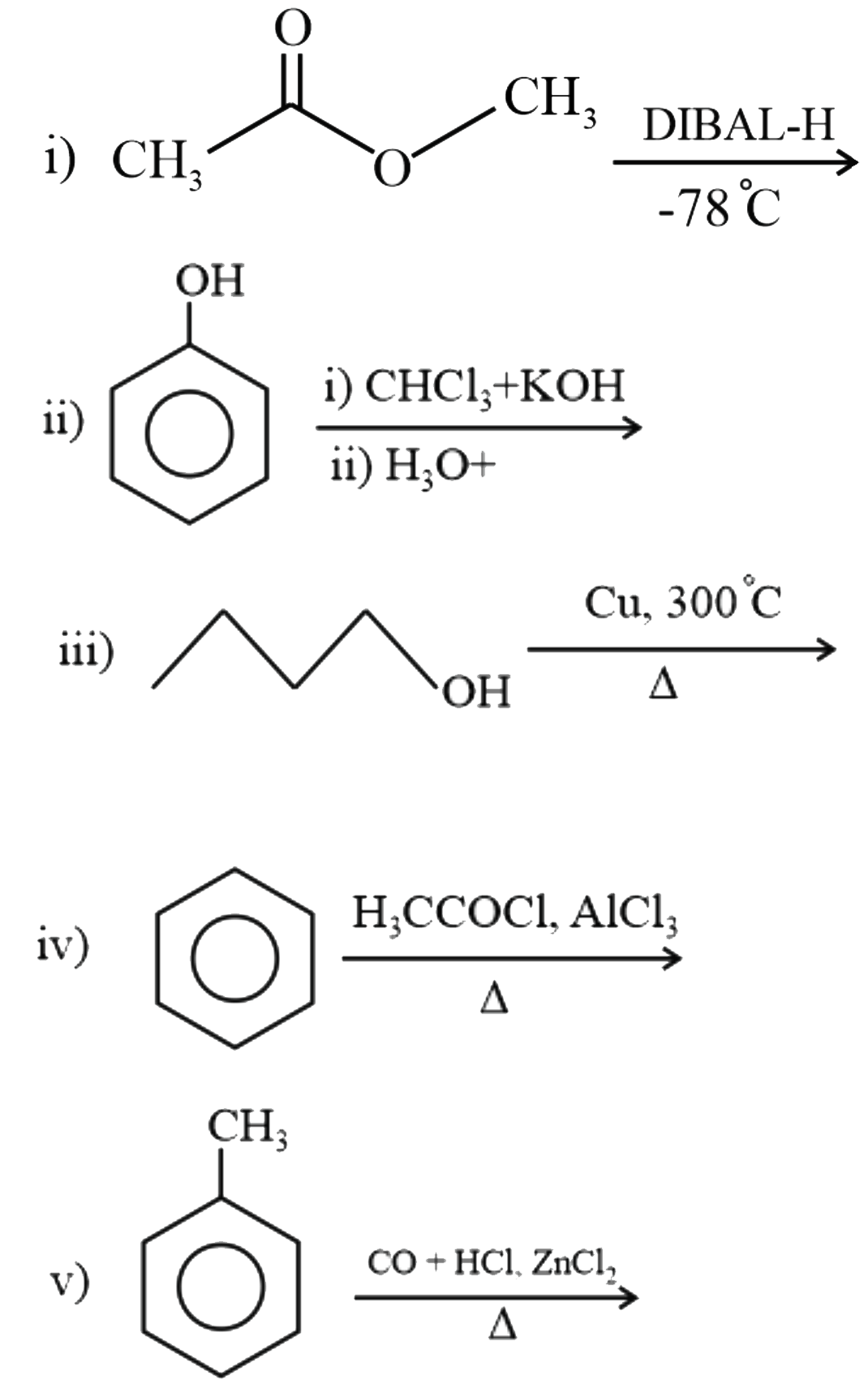
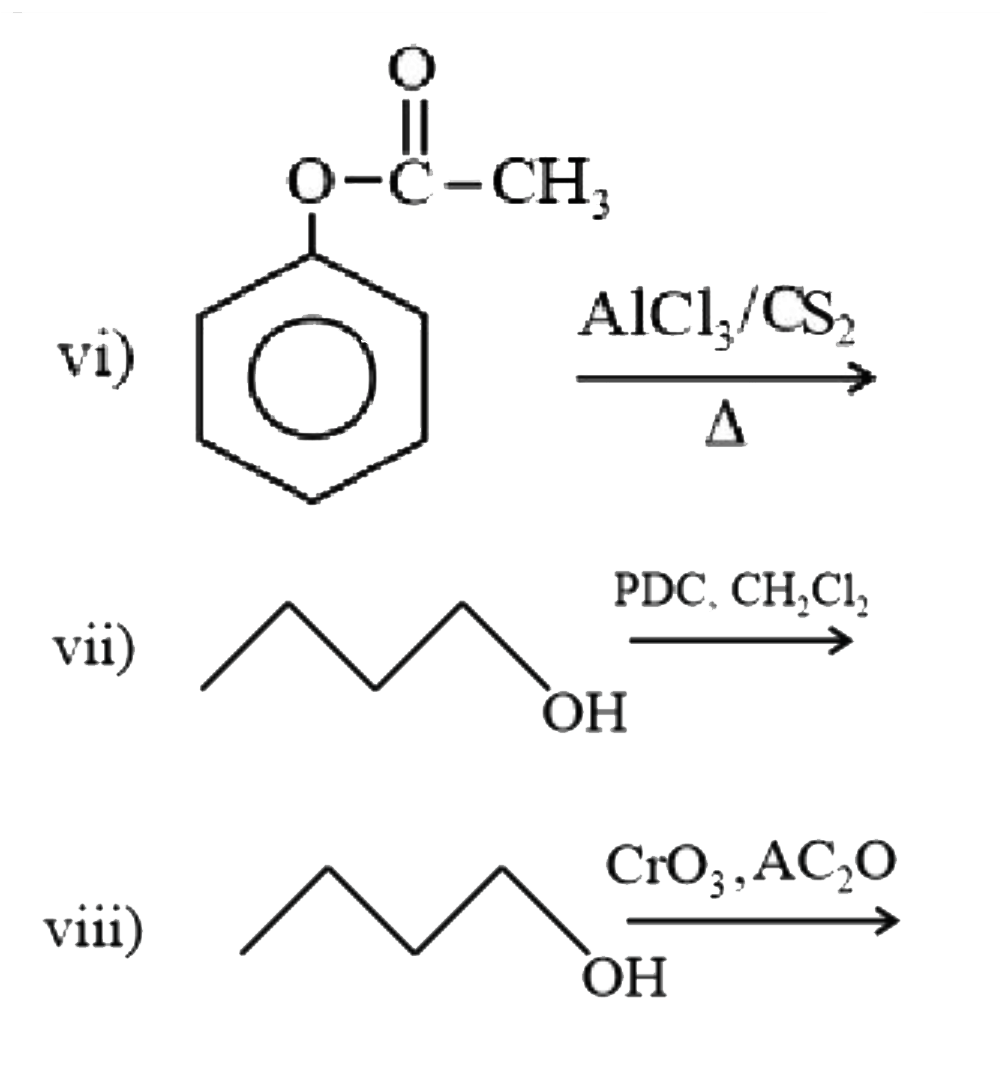 View Solution
View SolutionBalance the followings equations and choose the quantity which is the sum of the coefficients of reactants and products : ........PtCl4+.....XeF2→PtF6+......ClF+.....Xe
View SolutionBalance the followings equations and choose the quantity which is the sum of the coefficients of reactants and products : ........PtCI4+.....XeF2−>PtF6+......CIF+.....Xe
View SolutionHow many of the following are possible
1p,2s,3p,3f,3dView SolutionThe major product in the following reaction is having how many pi electrons here ?
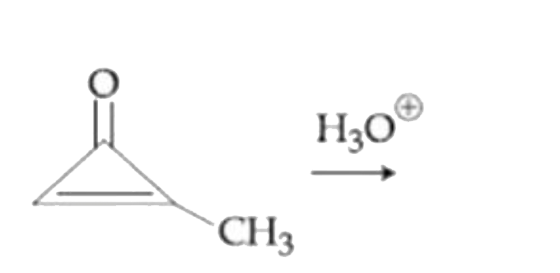 View Solution
View SolutionBalance the followings equations and choose the quantity which is the sum of the coeffficients of reactants and products : .......CS2+.........Cl2→CCl4+......S2Cl2
View SolutionHow many of the following compounds give CO2 on reaction with NaHCO3
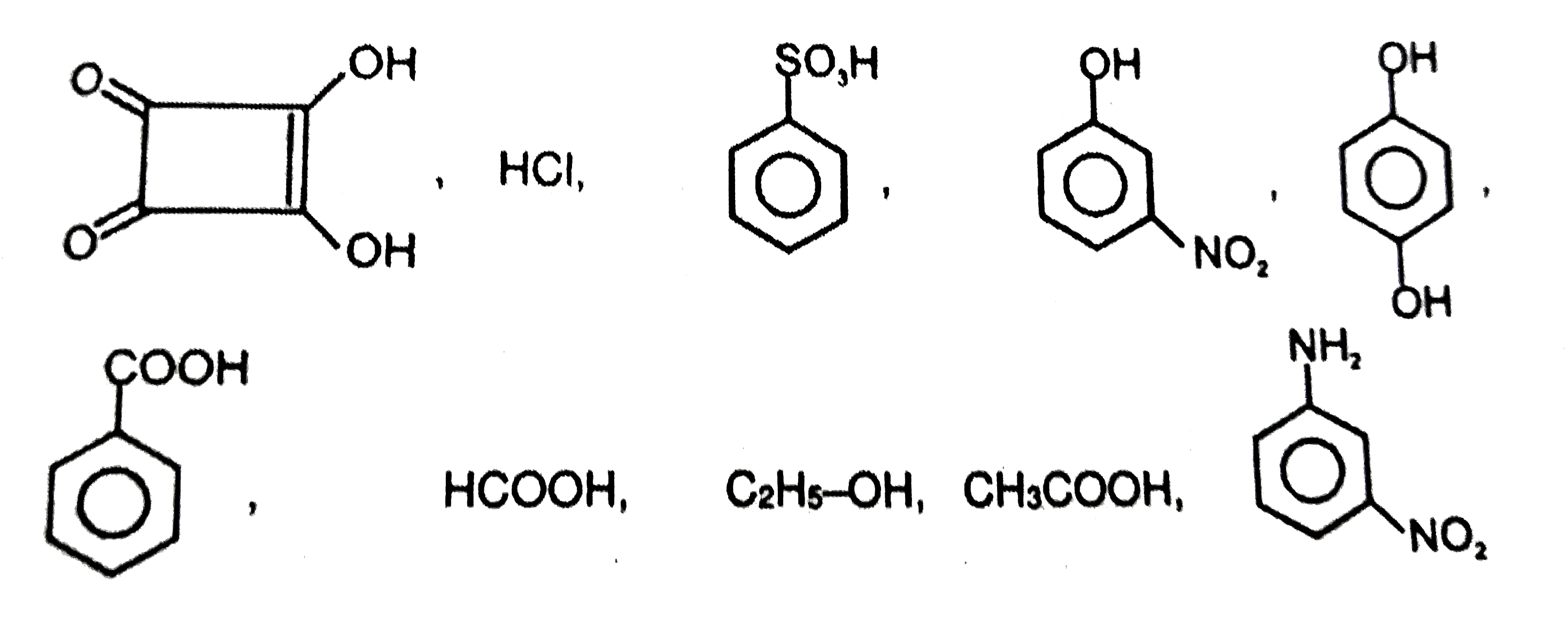 View Solution
View Solution

